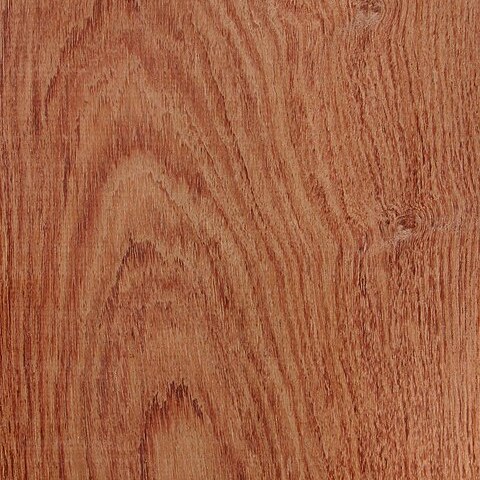Leaves paripinnate, unijugate; stipules 15 × 2 mm, very narrowly ovate, very early caducous; petiole 1.5–3 cm long, glabrous; leaflets 3.5–8 × 2.3–4.5 cm, ovate to elliptic, asymmetric, apex acuminate, base cuneate, glabrous; a single main vein from the base, dividing the blade in a ratio of 2–3:1, venation slightly prominent on both surfaces, areolae with small resin vesicles.
Inflorescences axillary and terminal, paniculate; axis angular, glabrous to very sparsely puberulous; bracts and bracteoles very early caducous, the bracts c.2 mm long, broadly ovate, pubescent, the bracteoles c.1.5 mm long, broadly ovate, pubescent.
Seed dark brown, shiny, c.15 × 10 mm, broadly ellipsoidal, somewhat flattened; aril completely enclosing the seed, red when fresh, pale brown and brittle when dry.
Pod 2.5–3.5 × 1.6–2.2 cm, asymmetrically elliptic, flattened, glabrous, the wall wrinkled and with numerous resin-filled vesicles, 1-seeded, tardily dehiscent.
Ovary 2-ovulate, c.1 mm diameter, subcircular, glabrous; stipe very short, densely pubescent; style c.5 mm long, glabrous; stigma capitate, bilobed.
Branchlets brown, smooth, becoming grey with fine longitudinal cracks and red-brown lenticels, or entirely red-brown, glabrous.
Germination epigeal; cotyledons suborbicular to very broadly ovate, slightly asymmetric, 3–4-nerved from the base, glabrous.
Sepals 4(5), unequal, c.6 × 2–4 mm, ovate, glabrous outside, densely puberulous inside.
Stamens 10; filaments c.7 mm long, glabrous; anthers dorsifixed.
Tree to 30 m tall; bark grey, smooth, sometimes flaking.
Flowers 7–8 mm long; pedicels 2–5 mm long, angled.
First true leaves similar to foliage leaves.
Petals absent.


